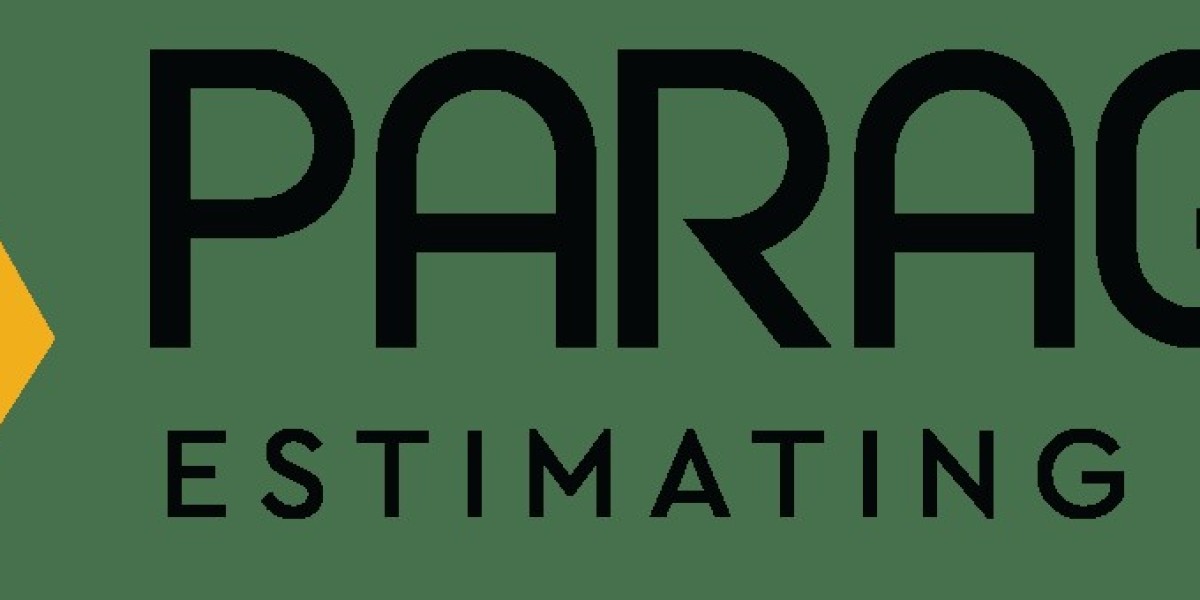When embarking on any large-scale project, whether it’s a commercial building, infrastructure project, or industrial facility, accurate cost estimation is paramount. One crucial stage in this process is preliminary estimating, which occurs early in the project lifecycle. This service provides an initial, high-level estimate of a project's costs based on limited details available at the start. These early estimates are designed to offer stakeholders a sense of the financial scope of the project before more detailed plans are developed.
In this article, we’ll explore the importance of preliminary estimating services, the process involved, and how they contribute to better decision-making, smoother project execution, and long-term success. Additionally, we’ll discuss how partnering with a professional estimating firm, like Paragon Estimating, can make a significant difference in achieving precise, reliable estimates.
What Is Preliminary Estimating?
Preliminary estimating is the process of estimating the costs of a project at an early stage, when detailed designs and plans are not yet fully developed. These early estimates typically involve rough calculations based on available information, such as conceptual designs, sketches, or project specifications. Preliminary estimates provide a ballpark figure for what a project might cost, allowing stakeholders to assess the financial feasibility of a project before committing to full-scale development.
Key Objectives of Preliminary Estimating:
- Cost Awareness: Helps stakeholders understand the potential costs involved in a project.
- Feasibility Assessment: Determines whether the project can be completed within a given budget or whether adjustments will be needed.
- Resource Planning: Provides insights into the resources—such as labor, materials, and equipment—needed to complete the project.
- Budget Setting: Assists in setting initial budgets for the project based on the cost estimates.
While preliminary estimates are not expected to be as precise as final estimates, they provide an essential starting point for further planning and development.
Why Is Preliminary Estimating Important?
Preliminary estimating serves several important functions that contribute to the overall success of a project. Let’s take a closer look at why these services are crucial for effective project planning:
1. Early Budget Planning
One of the most significant advantages of preliminary estimating is that it allows stakeholders to establish an initial budget early on. Having a rough cost estimate at the beginning of a project enables project owners, contractors, and designers to plan their financial resources more effectively. It helps them determine if the project is financially viable and sets realistic financial expectations.
2. Improved Decision-Making
Preliminary estimating allows for informed decision-making in the initial stages of the project. With early cost projections, stakeholders can evaluate different options, such as material choices, construction methods, or design variations. If the initial estimate exceeds the available budget, adjustments can be made before detailed plans are developed.
3. Risk Mitigation
By identifying potential cost overruns or resource shortages early in the project, preliminary estimates help mitigate risks. This early awareness allows project teams to take proactive steps to address any issues before they become larger problems. Whether it’s revising the scope of work, adjusting timelines, or sourcing alternative materials, having an initial estimate provides the necessary information to make decisions that minimize risks.
4. Project Feasibility
Preliminary estimating provides an indication of whether a project is feasible within the proposed budget and timeframe. If the estimate shows that the project will be too costly, stakeholders may choose to scale back or modify the project scope to ensure it stays within budget.
5. Stakeholder Confidence
Accurate preliminary estimates instill confidence among stakeholders, such as investors, lenders, and clients. When potential investors or financing institutions can see that a project has been thoroughly assessed and the estimated costs are reasonable, they are more likely to support the project.
The Preliminary Estimating Process
Preliminary estimating involves several steps to provide a comprehensive understanding of project costs at an early stage. Let’s break down the typical process involved in delivering preliminary estimates:
1. Review of Available Information
The first step in the process is to gather all available project information. At this early stage, details may be limited, but estimators can work with conceptual drawings, sketches, or even verbal descriptions of the project. This is where an estimator’s experience comes into play, as they’ll use their expertise to extract the most useful information from whatever details are available.
2. Cost Estimation Based on Historical Data
In many cases, preliminary estimates are based on historical data and industry benchmarks. Estimators draw upon their knowledge of past projects with similar scope and characteristics to predict potential costs. This data can include material costs, labor rates, equipment rental prices, and other typical expenses associated with the type of project.
3. Conceptual Takeoffs
Preliminary estimates often involve conceptual takeoffs, which are rough calculations of the quantities of materials and labor needed based on the project’s design and specifications. These takeoffs are less detailed than the ones used for final estimates, but they still provide a foundation for cost projections.
4. Cost Categorization
The estimate is broken down into key cost categories, including:
- Materials: The cost of raw materials like concrete, steel, wood, and other building supplies.
- Labor: Estimated labor costs based on the required workforce, including skilled and unskilled labor.
- Equipment: The cost of machinery and tools necessary for construction.
- Subcontractor Costs: Any costs associated with hiring specialized subcontractors for tasks such as electrical, plumbing, or HVAC installation.
- Overhead and Contingencies: These include project management costs, permits, and other indirect costs, as well as a contingency allowance for unexpected expenses.
5. Risk Assessment and Adjustment
The final step in the preliminary estimating process is the inclusion of contingency allowances to cover unforeseen issues. Estimators will evaluate potential risks, such as fluctuations in material prices, labor shortages, or unexpected changes in the scope of work, and adjust the estimate accordingly. A typical contingency allowance might range from 5% to 15% of the total project cost, depending on the project’s complexity and the uncertainty of certain factors.
Common Challenges in Preliminary Estimating
Despite its importance, preliminary estimating can present several challenges due to the limited information available at the start of a project. Some of the most common challenges include:
1. Limited Project Details
At the early stages of a project, detailed drawings and specifications are often unavailable, which can make accurate estimating difficult. In these cases, estimators must rely on assumptions, historical data, and their expertise to make reasonable projections.
2. Market Fluctuations
Material prices, labor rates, and other project costs can fluctuate over time, particularly in volatile markets. Estimators need to account for these variations and include contingency allowances to cover potential price increases or supply shortages.
3. Scope Creep
During the course of a project, the scope can sometimes change due to client requests or unforeseen challenges. These changes can lead to additional costs, and if they aren’t accounted for in the initial estimate, they can result in budget overruns.
4. Inaccurate Assumptions
Given the limited data available at the early stages, estimators sometimes have to make assumptions that may not always be accurate. For instance, material costs may be based on historical data that doesn’t fully reflect current market conditions, or labor rates may vary depending on the location of the project.
How Paragon Estimating Can Help
Partnering with an experienced estimating firm like Paragon Estimating can alleviate many of the challenges associated with preliminary estimating. Paragon Estimating has years of industry experience and uses the latest tools and technologies to produce reliable, high-quality estimates, even at the early stages of a project. Here's how they can assist:
Expertise: Paragon Estimating’s team has extensive knowledge of various industries, including construction, industrial, and commercial projects. Their experience allows them to make accurate predictions even with limited information.
Advanced Software and Tools: Paragon Estimating utilizes cutting-edge software and data analytics tools to streamline the estimating process and improve accuracy. These tools help produce estimates faster and with more precision than traditional methods.
Tailored Estimates: Paragon Estimating provides customized estimates based on the unique needs and specifications of each project, ensuring that no detail is overlooked.
Risk Mitigation: By incorporating risk analysis and contingency allowances, Paragon Estimating helps to account for potential uncertainties and fluctuations in the market.
Conclusion
Preliminary estimating services are an essential part of the project planning process, offering early insights into potential costs and resource requirements. These estimates help stakeholders make informed decisions, set realistic budgets, and ensure that projects stay on track. While the initial numbers may not be as precise as final estimates, they provide a solid foundation for further planning and development.
By partnering with a professional estimating firm like Paragon Estimating, you can ensure that your project gets off to the right start with accurate, reliable estimates, allowing you to move forward with confidence. Whether you're working on a construction, industrial, or commercial project, early cost estimates play a critical role in setting expectations and ensuring the long-term success of your endeavor.







